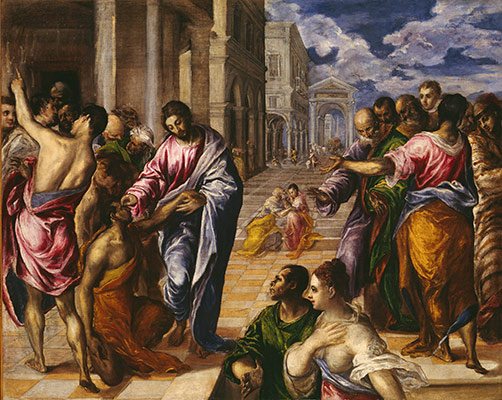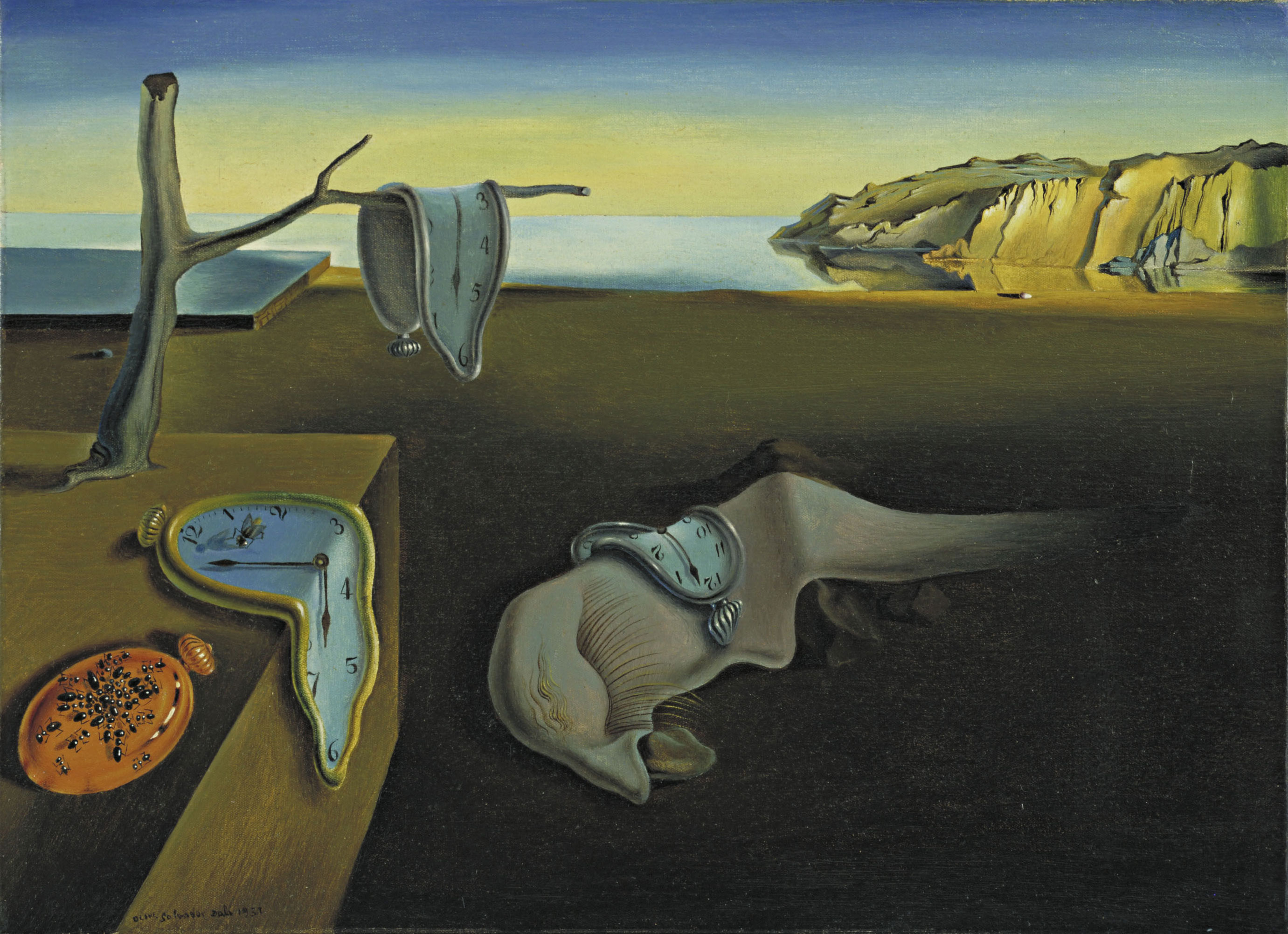Many
books and movies have been written about Spain, and it's hard to talk about
Spain without its art and culture. Many of its artists have become so iconic in
the realm of art history that their works have become staples in art studies.

The earliest people in Spain left behind many cave paintings spread across
Spain and Portugal. And there are still many sculptures and structures built
showing the Greek, Phoenician, and Roman influences. As the North African
Muslims took over, art began to reflect this change, and there are many examples of Islamic architecture still around today. Islamic designs and
architecture dominated many of the previous structures. Even smaller works like
pottery and ivory carvings reflected this. As Spain returned to Christianity,
their art generally fell in line with what was happening in Italy, France, and
Germany. Fresco paintings, panel paintings, and altar frontals are all commonly
painted during the pre-Renaissance era.
 |
| by El Greco |
The Renaissance brought along more dramatic uses of Mannerism with the focus on
light and dark (chiaroscuro) that Italy had jumped on as well. During this
time, Spain saw its Golden Age, a time of quite a bit of development in its
art. One of the biggest names from this time period is a painter known by his
nickname, El Greco ("The Greek"). As Spain pushed through the 1600s
and 1700s, artists like Diego Velázquez, Bartolomé Esteban Murillo, and
Francisco Goya.
 |
| by Pablo Picasso |
Spanish artists during the 19th century generally followed the art movements popular
in Europe: Neo-Classicism (like José de Madrazo), Romanticism (Antonio Gisbert,
Eduardo Rosales, Francisco Pradilla), Realism (Mariano Fortuny), and
Impressionism (Joaquín Sorolla). The 20th century introduced several key
artists to the world in a number of genres: Pablo Picasso (Cubism - most famous
for his Blue Period paintings, Guernica,
and Three Musicians), Salvador Dalí
(Surrealism -- I'm a huge fan -- most famous for his bent clocks in The Persistence of Memory), and Joan Miró
(Surrealism, Dada, experimental/abstract).
 |
| by Salvador Dali |
The vast majority of literature from Spain is written in Spanish, although there are smaller numbers of works in Catalan or other languages. The oldest evidence of literature from Spain is “El Cantar de mio Cid,” an epic
poem from the 14th century about the true story of the hero El Cid during the
times when the Spanish were expelling the Moors. Probably one of the most
well-known contributors to Spanish literature is the Baroque author Miguel de Cervantes
Saavedra. He introduced the world to Don
Quixote de la Mancha. The 18th century brought the Enlightenment
period of literature, a transitional period between the Baroque and the
Romantic period. Prose and lyric poetry still dominated with authors like José
Cadalso, Tomás de Iriarte, and Ramón de la Cruz. Realism took us up to the 20th
century, which was characterized by looking at the psychology of the characters
as they faced conflicts. Authors like Benito Pérez Galdós, Emilia Pardo Bazán, and
Vicente Blasco Ibáñez are still read today.

The
20th century had several waves of authors emerging with a particular
style and focus, but mostly addressing issues that were important to them as
they watched their country’s political and social dynamics change. Censorship
was high during the Franco regime as he cherry-picked literature that would
appease his self-centered and singular worldview, but really provided nothing
of major literary significance emerged (that’s what it’s like for writers when
you cramp their style). There have been five Spanish authors graced with the
honor of being the Nobel Prize winner in Literature: José Echegaray (1904,
drama), Jacinto Benavente (1922, drama), Juan Ramón Jiménez (1956, poetry), Vicente
Aleixandre (1977, poetry), and Camilo José Cela (1989, novel/short story).
Up next: music and dance





No comments:
Post a Comment